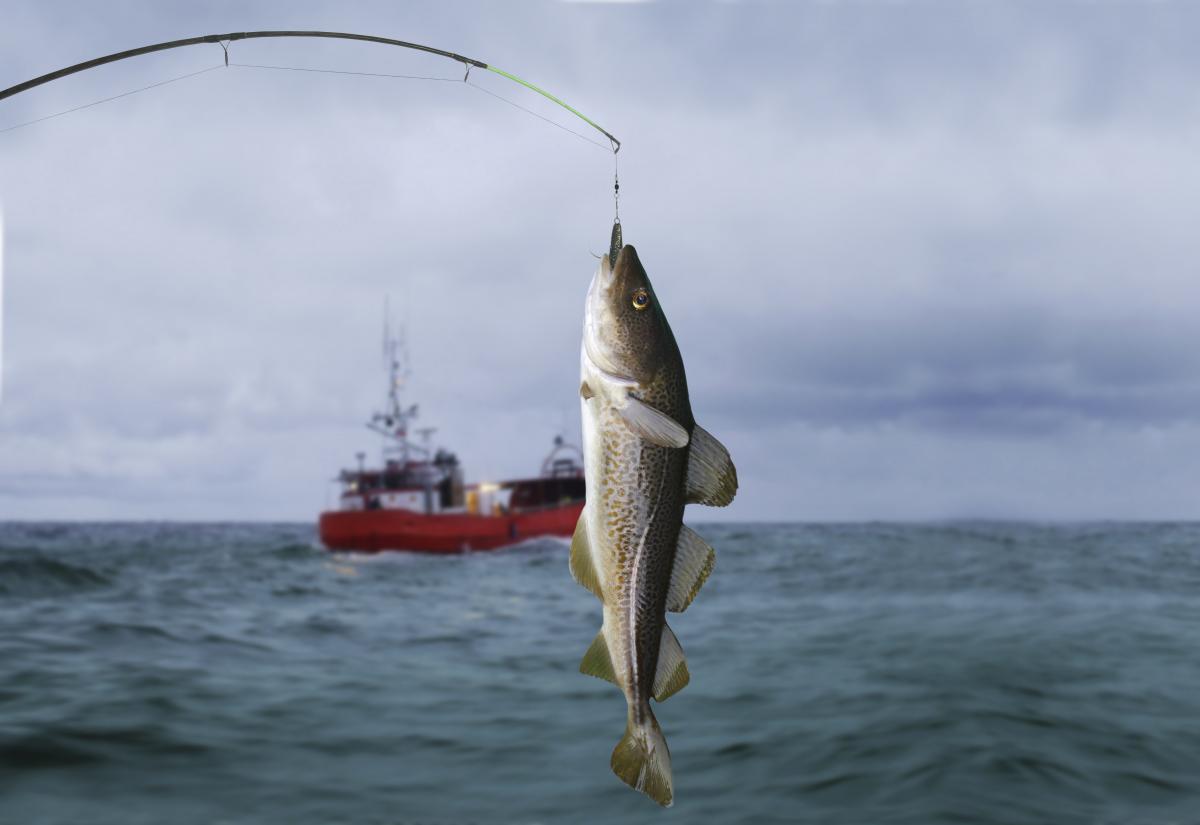April 2, 2019
Northern cod recovery is still fragile, proceed with caution to avoid past mistakes
Estimated reading time: 0 minutes
BY: Kara-Ann Miel
Topics: Rebuild Ocean Abundance
Today, Fisheries and Oceans Canada (DFO) announced that Northern cod is showing a very slight increase in biomass this year.
This sounds like good news. While it is positive, it’s not the whole story.
Northern cod is still deep in the critical zone. This cod stock, which at one time supported massive fisheries, drove economies and fed millions, has been depleted since the 1980s. Its biomass is just half the limit reference point, the number at which it would move out of the critical zone and into the cautious zone. Clearly, it is still far from being a healthy fishery.
What is happening now are positive signs of an early, fragile recovery of an overfished population. When a fish population has been depleted as hard and as long as Northern cod, it takes considerable time and a concerted effort to allow it to recover.
Calls for increased fishing quotas in 2019 have already started. DFO acknowledges that when a stock is in the critical zone the removal of this population from the ocean should be kept to the lowest possible level. Despite this, in 2018 a commercial fishery harvested over 9,000 tonnes of Northern cod as well as an unknown amount fished recreationally.
Prematurely ramping up the fishery will be at the expense of rebuilding a population that can provide much greater benefits to fishing communities and the ocean, in the long-term.
History has clearly shown that increasing fishing pressure on a stock before it’s ready can thwart recovery. The southern Newfoundland and Labrador 3Ps cod is a good example of this: when this fishery was reopened in 1997, the quota was set at 10,000 tonnes. Through sustained industry lobbying the quota was increased to 30,000 by 1999, above levels seen before the moratorium. The decline of the stock that had previously been rebuilding began immediately, and it has never fully recovered.
Rebuilding strengthens resiliency which is vitally important for the survival of a fish population and to the communities that rely on it. When it is driven deep into the critical zone, like Northern cod, the remaining fish cannot rebound easily or withstand the pressures that a healthy population can, such as predation from seals and the impacts of climate change. The future of Northern cod’s food source, capelin, is also uncertain. While they had a decent year, 2020 projections for capelin indicate it will decline.
All of these factors cumulatively impact marine ecosystems, and further threaten cod stocks, requiring a more holistic approach to management.
The long-awaited rebuilding plan for Northern cod continues to be delayed. DFO has committed to one sometime this year which will be an essential step towards sustainably managing this stock and supporting its recovery. This is by no means a cure-all, but it is integral to finally putting Northern cod on the road to recovery.

Northern cod is not the only population without a rebuilding plan. To date, there are 26 critical-zone stocks in Canada, only five of which have rebuilding plans. Of these, none meet global best practices for rebuilding. We have long lobbied for the rebuilding of Northern cod and hope that this plan will meet global best practices, finally putting this population on a path to recovery.
We must make sure we don’t repeat the past. Trying to implement sustainable fisheries management one population at a time has been a slow and ineffective process. Canada is not alone in this experience. Around the world, the catalyst for fisheries recovery, and the social, cultural and economic benefits that come along with it, has been a legally binding requirement to rebuild stocks.
We could soon see this implemented in Canada. This month, the Senate is reviewing amendments to the Fisheries Act, Bill C-68, which outlines new obligations and expectations and includes rebuilding for the first time in its history. Cod can’t wait for this Act to move through the political process, this stock needs intervention now. The one immediate action that can be taken for Northern cod is to listen to scientific advice to keep fishing pressure at the lowest possible level and implement a solid rebuilding plan.
We can’t keep fishing Northern cod the way we are today without risking its recovery in the long term. We must let it recover and become a rebuilding story that everyone can benefit from in the future.

